The architectural scene in Bangladesh: Past, Present and Future
Bangladesh has been a new force in the architectural scene over the past few decades. We have derivatives of several historical architectural establishments in this country. Some of which that trace back to the Mughal and the British periods. Getting inspired by such rich architectural history and pride, Bangladeshi architects have been tearing apart and analyzing the forms, matters, materials, spiritual and aesthetic integration of the science of construction since the 1950s. The likes of Marina Tabassum, FR Khan, Muzharul Islam, Jalal Mahboob, Bashirul Haq, and Kashef Mahboob Chowdhury are some of the ones who have broken the glass ceilings and are praised worldwide. The architecture in Bangladesh is our national pride.
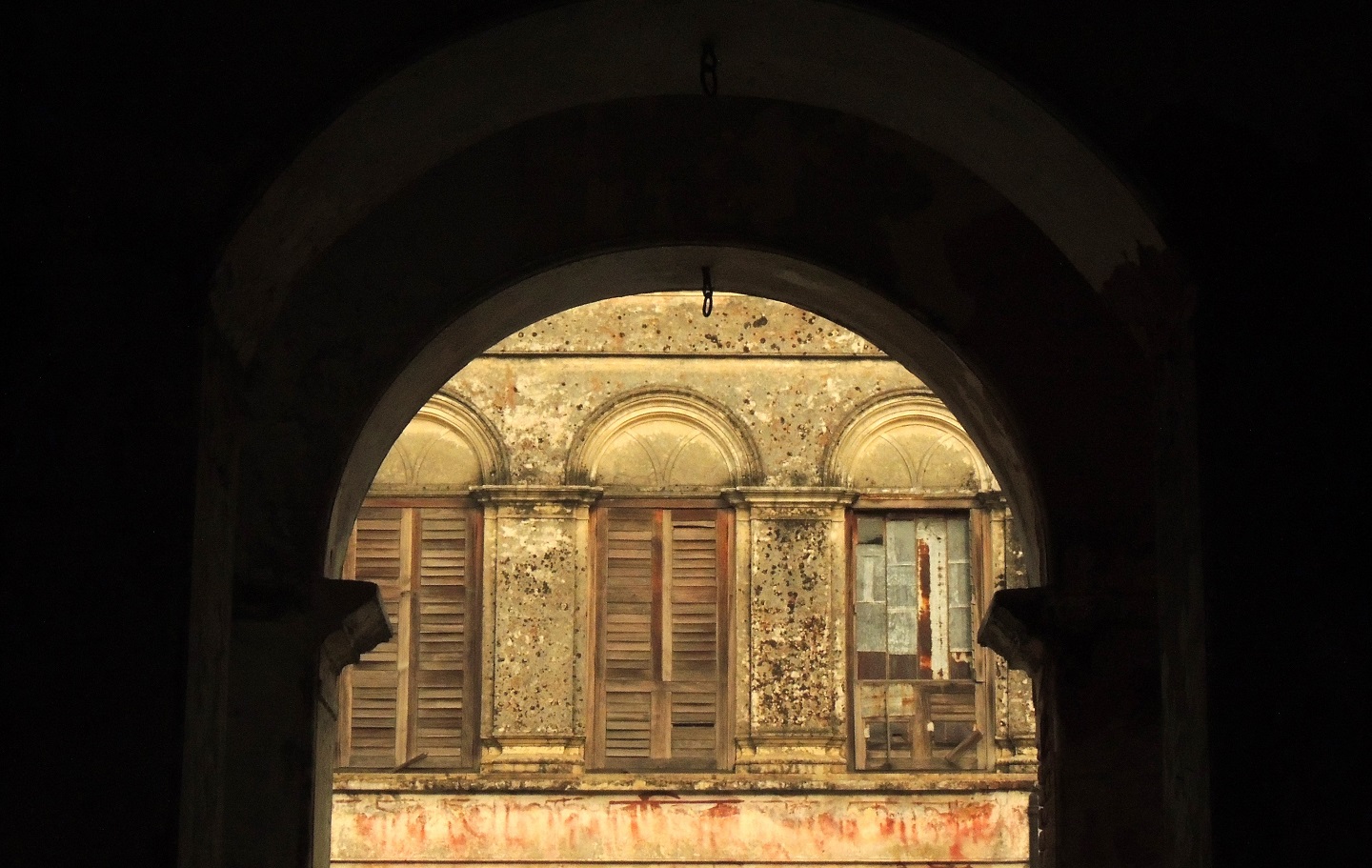
Profoundly, the new architects at present are coming up with exclusive innovations and techniques that have reflected our heritage and cultural dynamics. Their works solely represent our land, water, history, and society. The collective individualism of our country’s status quo is unimaginably materialized through different forms and shapes by these architects. Let’s look at the present and past architectural wonders of Bangladesh in brief.
Classical and Neoclassical Expressionism (Greek, Roman, and European Renaissance)
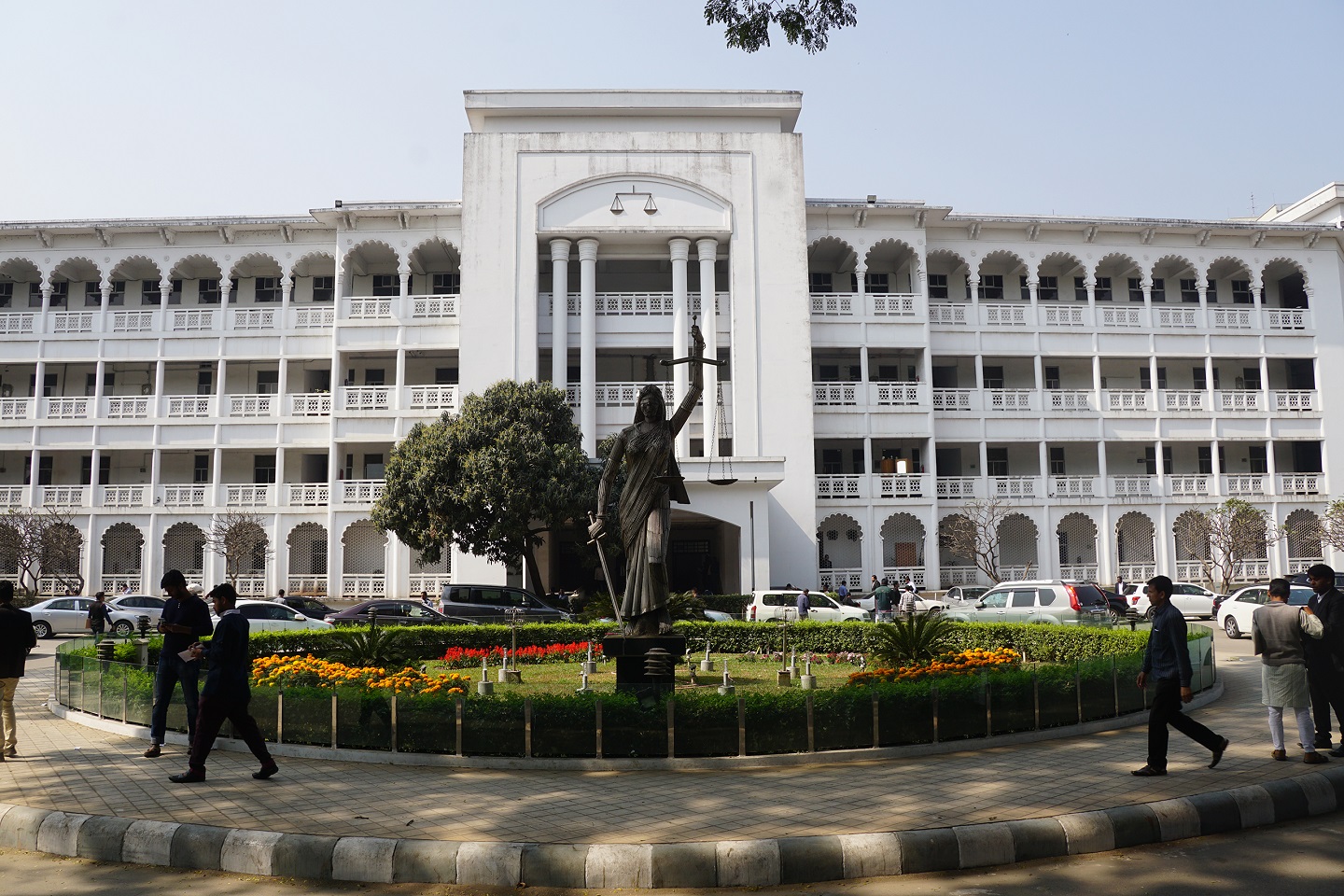
The Classical style originated from Ancient Greece in between the timeline of the 7th-4th century BC. Best known for the principles of order, symmetry, perspective, and geometrical establishments, the foundation traces back to times immemorial. To revive the classical Greek and Roman arts in the present day, the 18th-century neoclassical revolution has inspired the world to construct imitating the ancients. The art of expressiveness lies underneath the principles of the major Greek and Roman architectural orders – Doric, Ionic, and Corinthian.
Many foundations in Bangladesh, like the Old High Court Building in Dhaka, were creations in the European Renaissance style of the neo-classical art technique. The building is surmounted by a lively dome, which rests in the ancient Greek-style Corinthian columns. The “Stoa” (a covered pavement/walkway for people) which is a major feature of ancient Greek architecture lies in this structure, also supported by those columns. The Dhanmondi Rabindra Sarobar is an example of a classical Greek/Roman style amphitheatre; a homage paid to the wonders of classicist techniques.
Modernist Approach (Bauhaus, Functionalist and Minimalist portrayal)
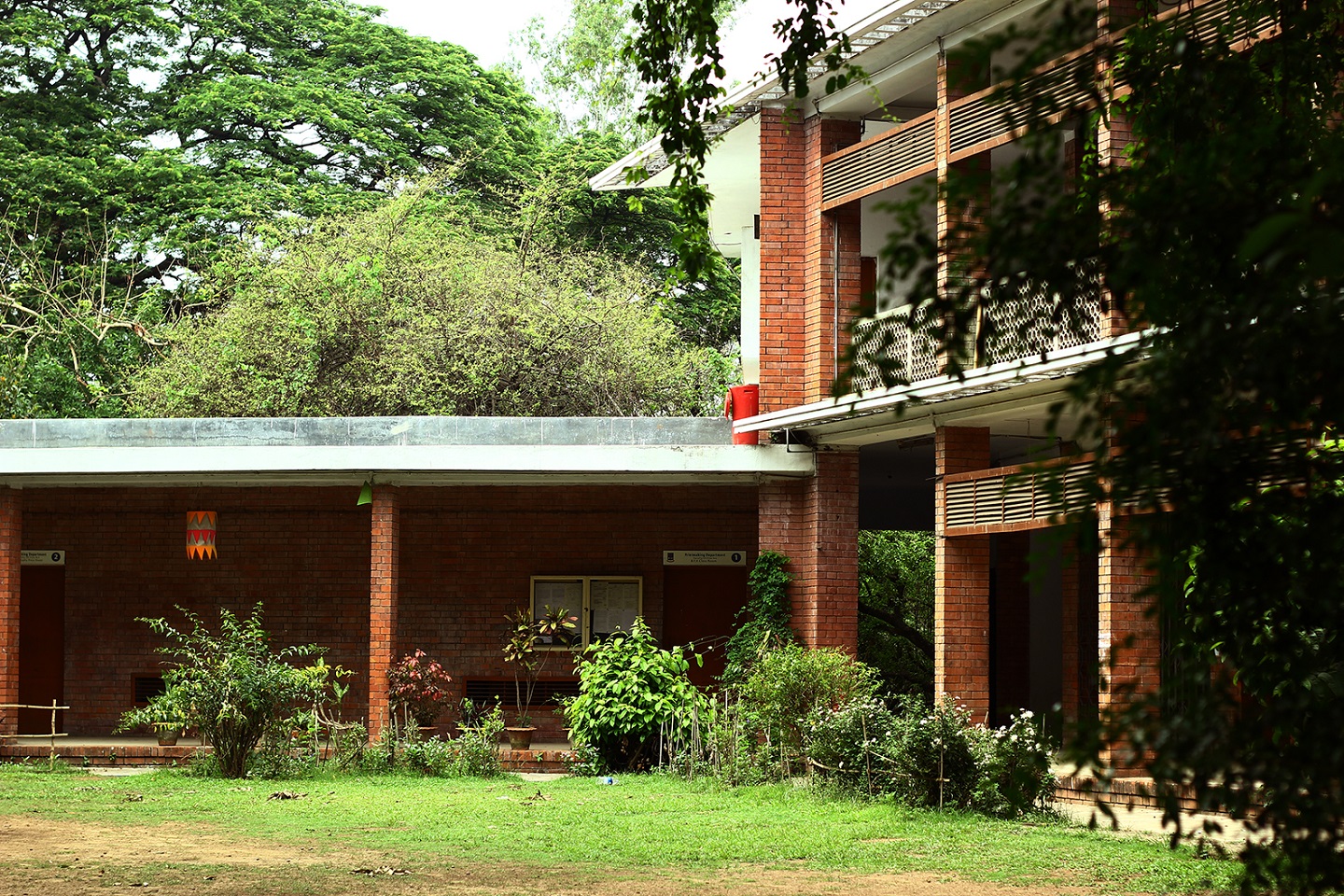
Modernism began in the first half of twentieth-century Germany with the inception of techniques like Bauhaus and French Le Corbusier. The 1926 manifesto entitled “The Five Points of New Architecture” by Le Corbusier was a phenomenal manifesto of this architectural technique. The first-ever Modernist architectural building with the minimalist as well as functionalist approach in Bangladesh is Muzharul Islam’s Faculty of Fine Arts in Shahbag. It was established in between 1953-1956. The core features of functionalism and minimalism are the exclusion of ornamentation, keeping the structure simple and reflecting the proposed function of it. This is a dominant scene of the architecture in Bangladesh.
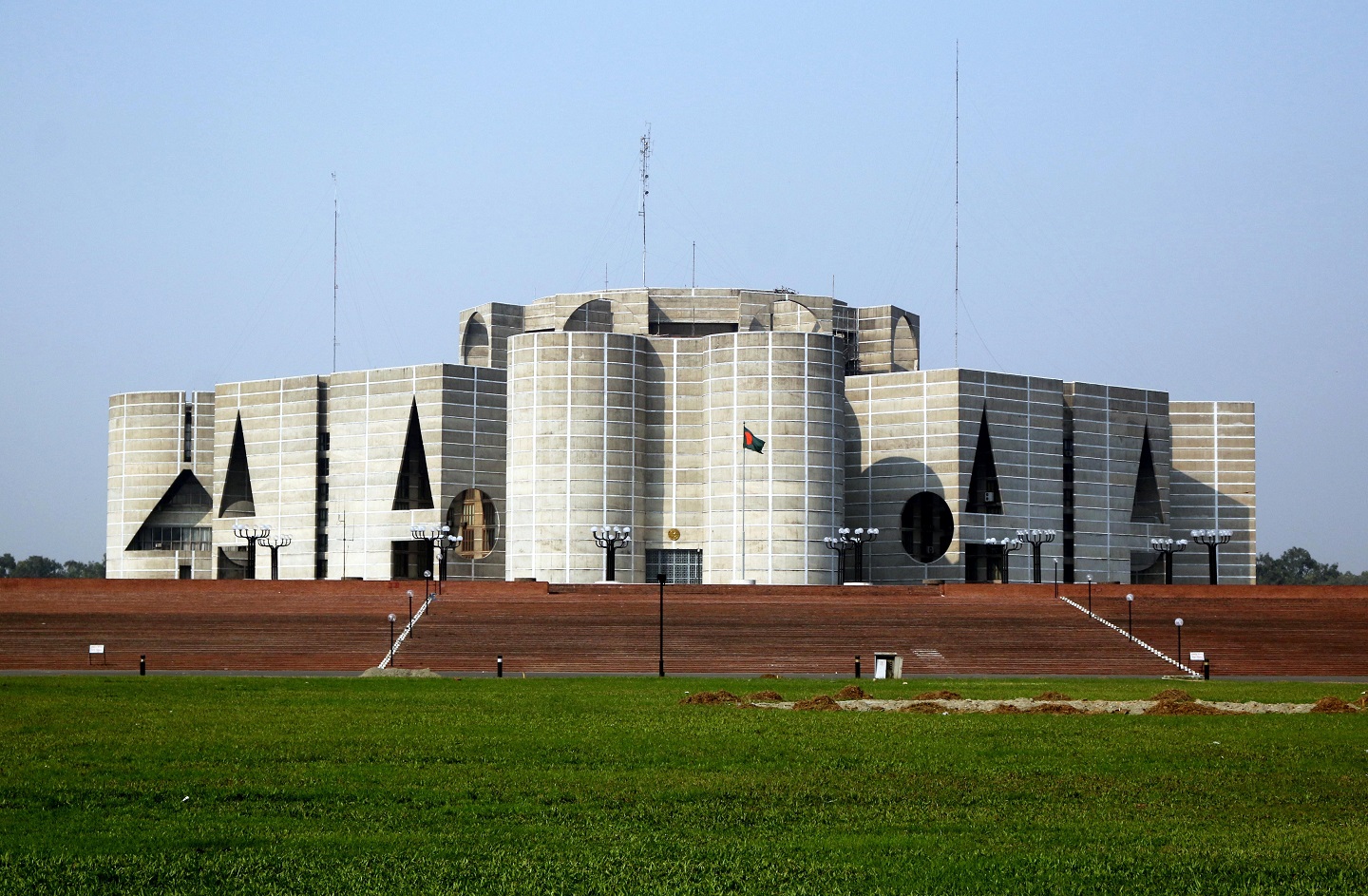
The National Parliament House of Bangladesh by Louis I. Kahn is a spectacular example of Modern (Bauhaus) architecture. The core feature of these forms of architecture is the use of space. The utilization of space helps in representing the heritage and culture of a particular nation. In these types of buildings, the recession by porticoes as well as the use of regular geometric shapes on the exterior surfaces is clearly visible. These forms are mostly unilinear in shape and size, constituting the building with multifarious visual impacts. Other important buildings and foundations of several organisations in Bangladesh are of Modern architectural representation.
Headquarter of Teach for Bangladesh by Studio Dhaka, Pani Community Centre by SchilderScholte architects, Franco-German Embassy in Dhaka by Stephane Paumier Architects, Mayor Mohammad Hanif Jame Mosque by Shatotto, Friendship Centre by Kashef Chowdhury – URBANA, etc are examples of some modernist approaches of architecture in Bangladesh.
Deconstructivist Illustration
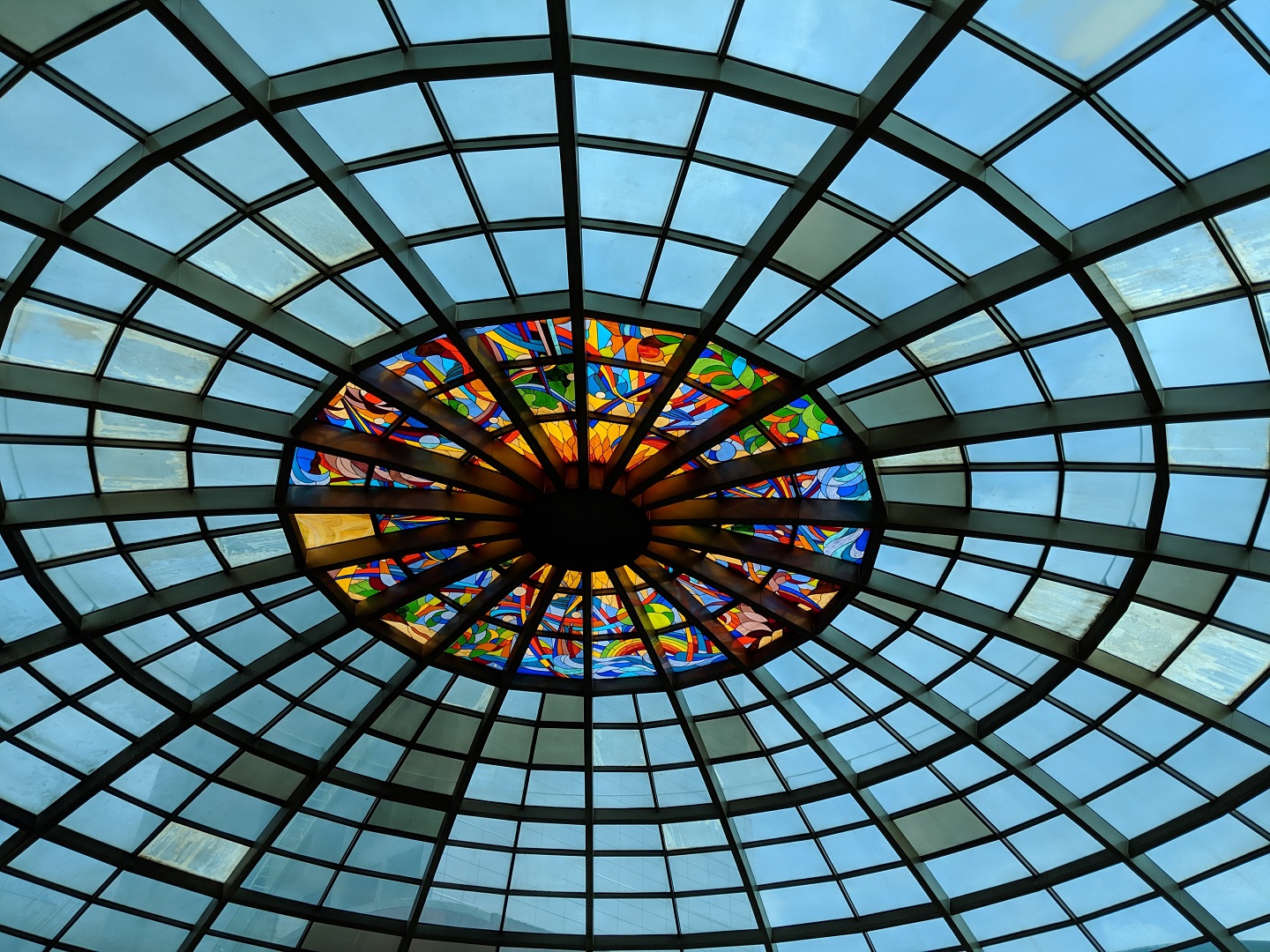
Deconstructivism is a technique, which roughly originated in the 1980s. The core principle of this philosophical understanding of architecture challenges the preceptive notions and unilinear process of design. As a result, the approach assimilates several nonlinear dynamics to the reasoning of time, space and matter. One of the main concepts that patronize such notions is deconstruction, which dismantles the traditional way of perception. Bangabandhu Sheikh Mujibur Rahman Novo Theatre, designed by architect Ali Imam, is an example of such a technique. The Planetarium dome is a vivid simulation of Earth and the bright blue sky. The dome shape was built for the visitors to experience an intergalactic experience in a 3D space and time. The 120-degree screen is a methodical construction to travel through the spatial and temporal dimensions of space. The glass roof of Bashundhara City Shopping complex is another example of deconstructive illustration
Expressionist and Postmodern Techniques
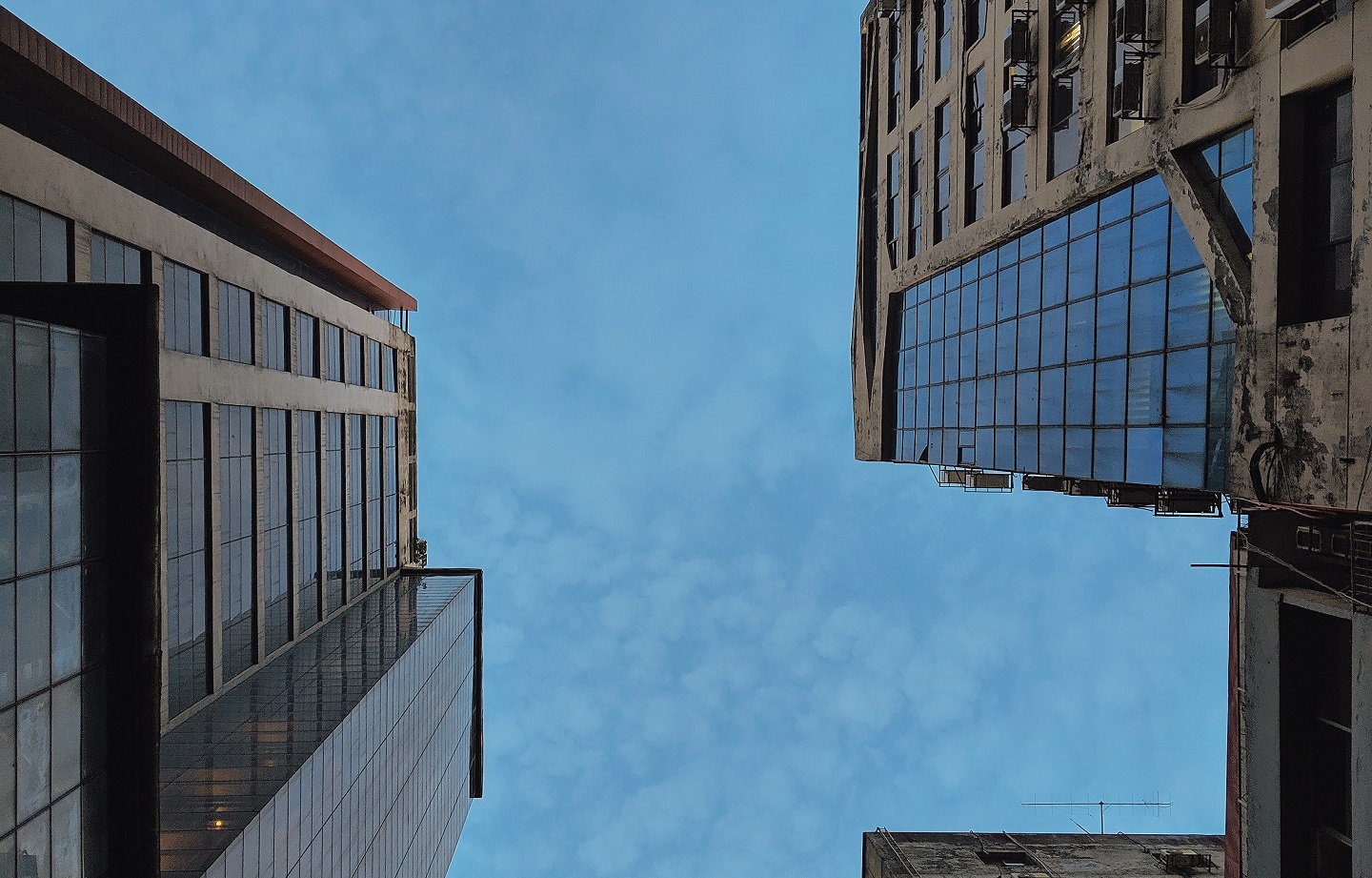
These two techniques of architectural buildings are quite rare in Bangladesh. The Expressionist style can be defined by an organic union of feelings, biomorphic and emotional forms. This is a rather different form of deconstruction technique and a new concept of architecture introduced in Bangladesh. Handmade School by Anna Heringer and Eike Roswag in Dinajpur is an example of such style.
The Postmodern style is a rather old concept of architecture. It was an idea by the Modernist architectures which originated in the post-depression era around 1929 and developed until the late 1970s. Postmodern architecture excavates and challenges some of Modernism’s core principles with a newly configured perspective of historicity and compositionality, in discourse as well as inbuilt work. Uses of rhetorics and popular culture are reflected through questions in Postmodernism. Gulshan Society Mosque by Kashef Chowdhury – URBANA is an example of Postmodern architecture. This resembles the famous Portland Building in Oregon, USA, designed by Michael Graves. The futuristic scene of architecture in Bangladesh will do an experiment on the amalgamation of all these underlying features.
With a great expedition in the field of architecture, Bangladesh’s stature has been rising with the constant efforts of our architects. With a great history and passion of the sciences, the future is in safe hands.




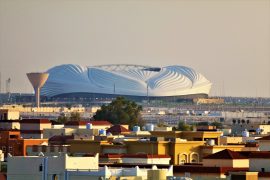
3 Comments
Interesting insight into to the rich history of architectural evolution in Bangladesh. It gave me new perspectives to see the urban life in a complete new manner.
Interesting write up. Read a lots of new things, especially about “Deconstructivist Illustration”.
Excellently written. A very informative and yet, not boring at all. Potrays the periodic journey of Bangalis with tools in hand.